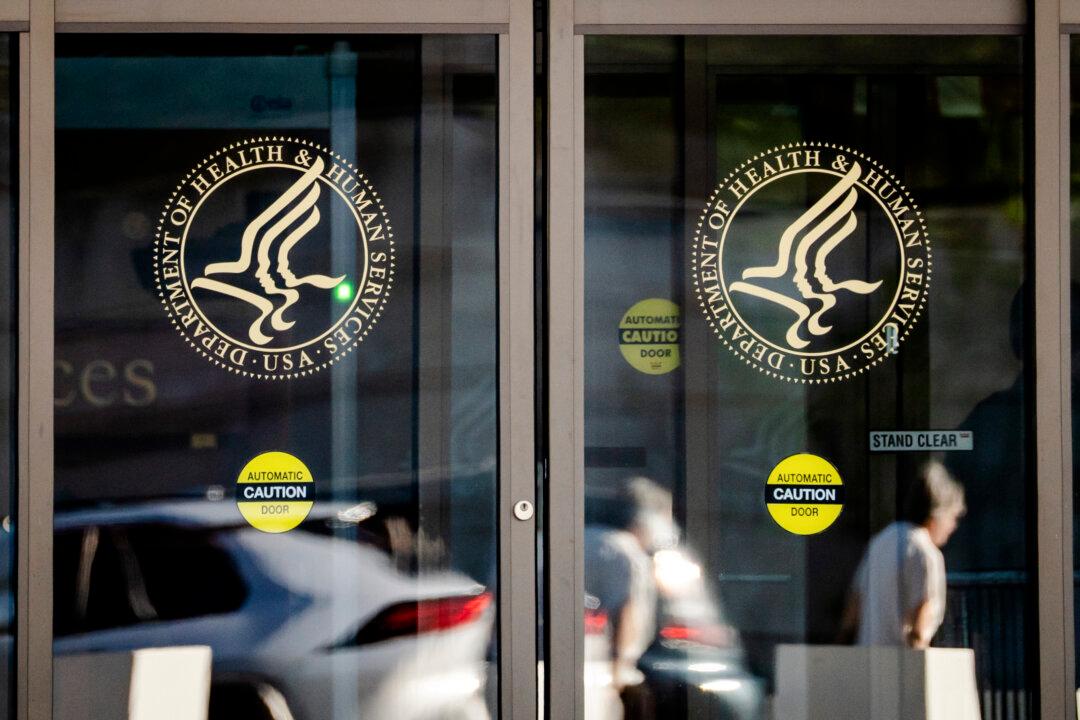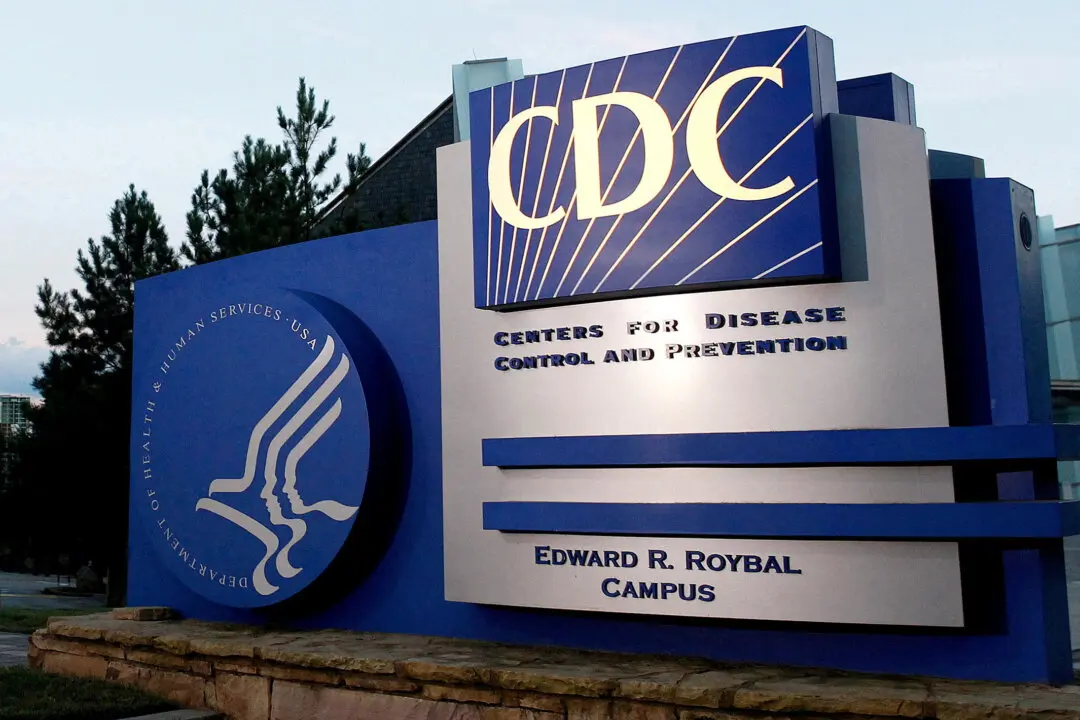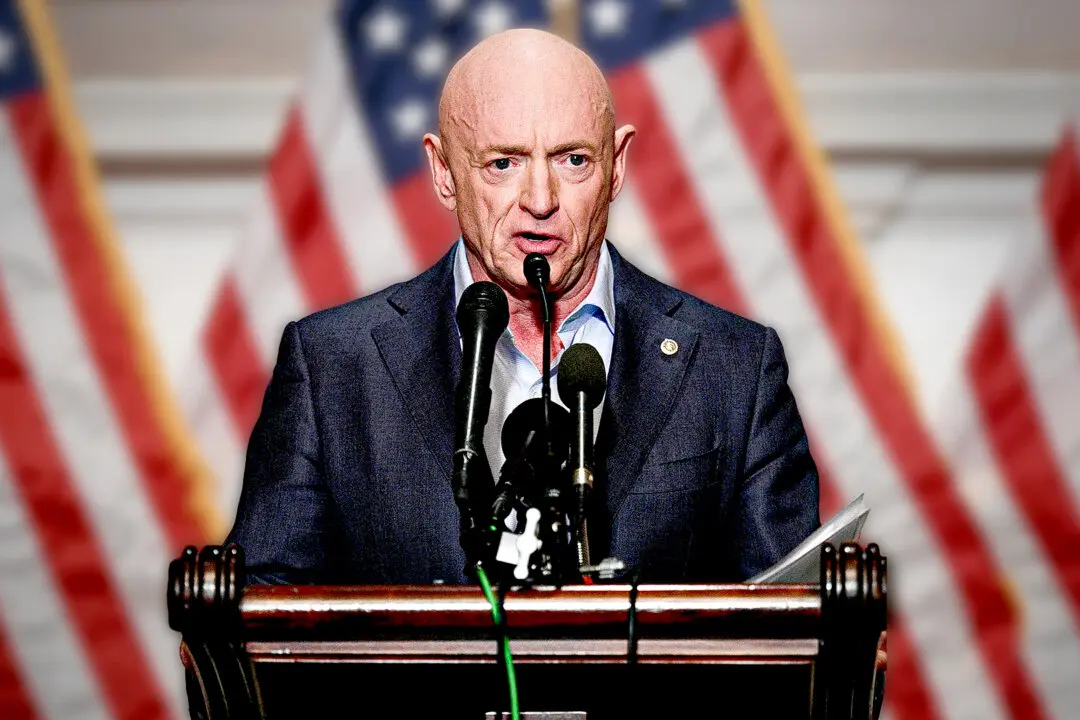Sen. Bernie Sanders (I-Vt.), a self-described socialist who is vying for the Democratic presidential nomination, released a “Green New Deal” plan that his campaign estimates will cost $16 trillion.
Sanders, who was runner-up to Hillary Clinton in 2016, says that the United States “must act immediately” to combat “the climate crisis,” calling it “the single greatest challenge facing our country.”





